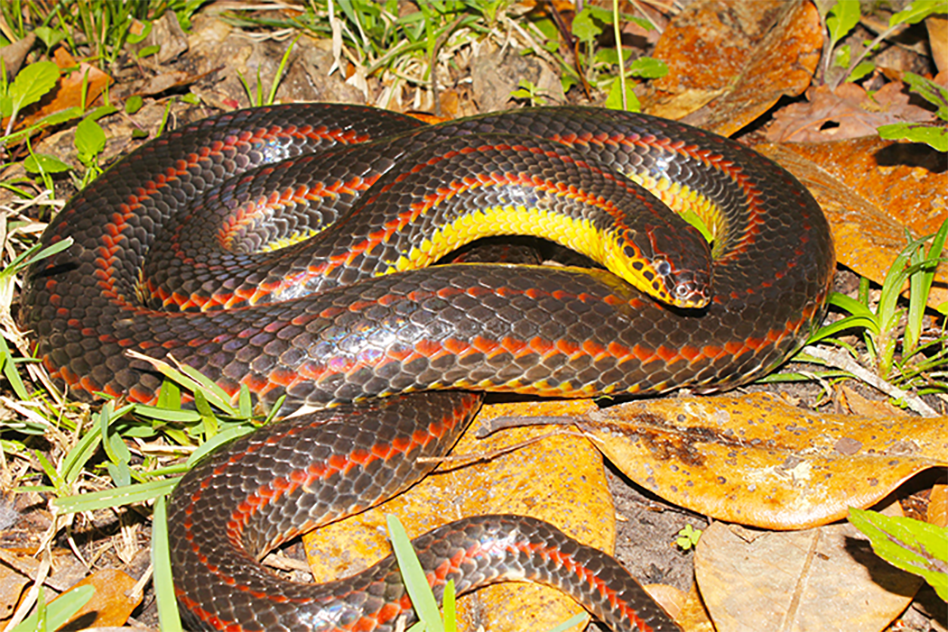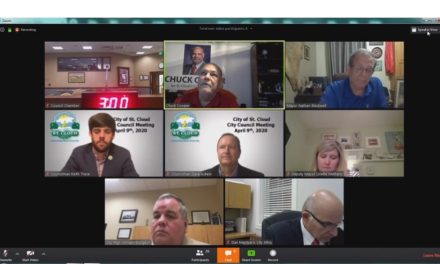The Florida Fish and Wildlife Conservation Commission (FWC) is asking for the public’s help in locating one of the Sunshine State’s most elusive reptiles—the rainbow snake.
Known for its vibrant colors and rarity, the nonvenomous rainbow snake (Farancia erytrogramma) has seen population declines in recent decades due to habitat loss, reduced prey availability, and disease. The FWC hopes that reports from residents and visitors can help researchers better understand where these snakes still exist across Florida.
“We need help from Floridians and visitors to better understand where rainbow snakes still occur in the state,” said Kevin Enge, a research scientist with FWC’s Fish and Wildlife Research Institute. “Every sighting report gives us valuable data about their current distribution and helps us assess the health of the species in Florida.”
Rainbow snakes are striking in appearance, featuring iridescent black or deep blue bodies with three bold red stripes down their back and yellow chins and lips accented with violet spots. Adults typically measure between 3 to 4 feet in length.
The snakes prefer semi-aquatic habitats such as rivers, springs, and brackish marshes, and are known to feed primarily on American eels—a species that has also experienced a population drop in Florida. One subspecies of the rainbow snake was historically found in Fisheating Creek in Glades County but has not been officially documented there since 1952.
Sightings of the rainbow snake are considered rare, and reports—especially those accompanied by photos—are vital to conservation efforts. Floridians who spot the snake are encouraged to report their sightings through FWC’s online portal.
To learn more or to submit a sighting, visit MyFWC.com and search for “Rainbow Snake.”
The FWC reminds the public that their participation can make a real difference in the survival of Florida’s unique and diverse wildlife.




















